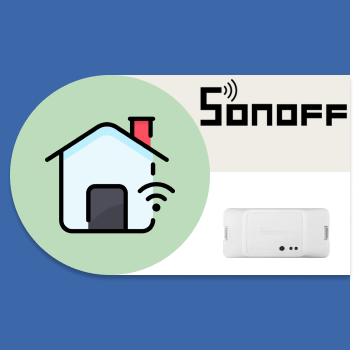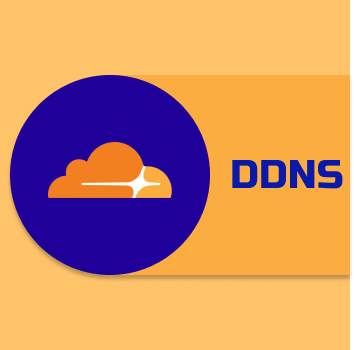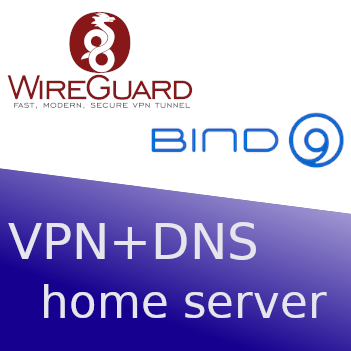In today’s digital age, many of us have smart devices or applications at home, but how can we access them from anywhere in the world without exposing them to potential threats? The answer is: with a VPN! A home VPN not only provides a secure and encrypted connection, but also allows us to access our home network, files, and devices remotely. In this blog post, I will share my home VPN setup and also explain how to use a DNS server to identify devices and applications using domain names instead of IP addresses.
Continue reading



